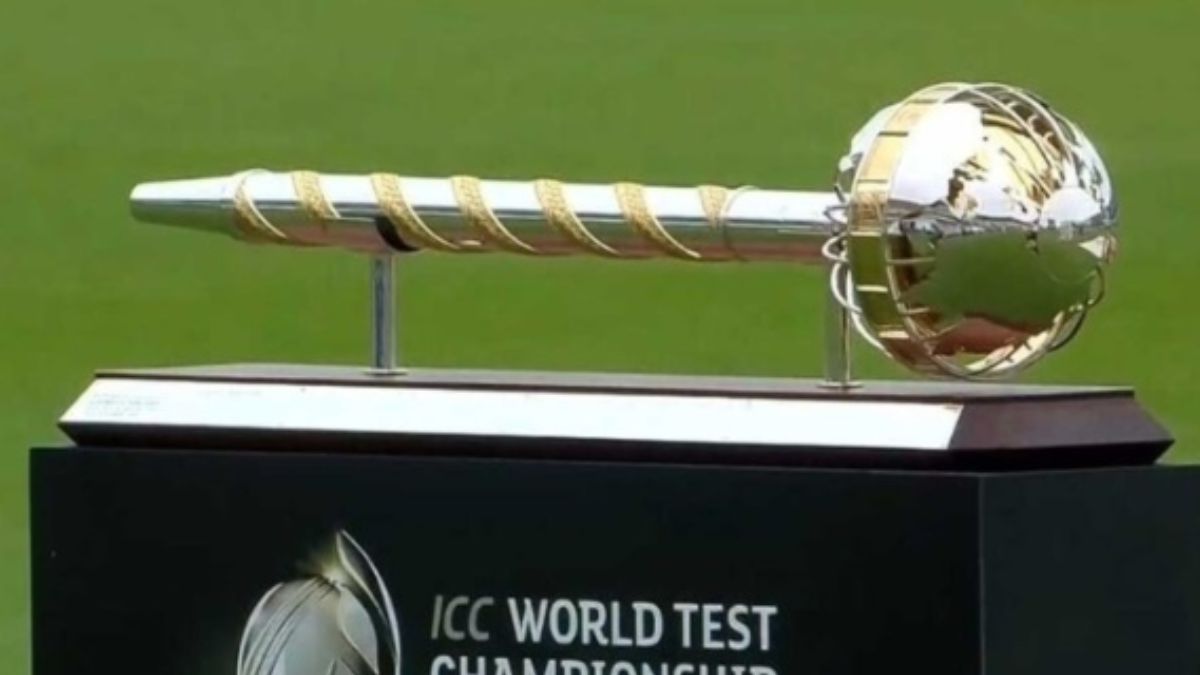In a landmark move aimed at making Test cricket more accessible and sustainable for smaller cricketing nations, the International Cricket Council (ICC) is likely to sanction four-day Test matches for the 2027–29 World Test Championship (WTC) cycle. However, India, Australia, and England — the traditional powerhouses — will continue to play five-day Tests, particularly for iconic series like the Ashes, Border-Gavaskar Trophy, and the newly launched Anderson-Tendulkar Trophy.
Why in News?
The ICC discussed four-day Tests at the WTC final at Lord’s. The format change aims to help smaller nations afford and host more Tests by reducing cost and time commitment. The move is set to be implemented in the 2027–29 WTC cycle, while the 2025–27 cycle will follow the current five-day format.
What’s Changing?
- Four-day Tests will be officially permitted in the 2027–29 WTC cycle.
- England, India, and Australia will continue with five-day Tests for marquee series,
- Ashes
- Border-Gavaskar Trophy
- Anderson-Tendulkar Trophy (Newly named, begins June 17, 2025)
Why Four-Day Tests?
- Cost-efficiency: Hosting five-day Tests is expensive, especially for low-revenue cricket boards.
- Time-saving: A three-Test series can be wrapped up in under three weeks, freeing up calendar space.
- Revival of interest: Shorter formats might attract more fans and broadcasters.
Key Features of Four-Day Tests
- Minimum of 98 overs per day, compared to 90 in five-day Tests.
- Extended playing hours to compensate for the reduced day.
- Can be scheduled more flexibly to fit tight international calendars.
Background
- First approved in 2017 for bilateral Tests.
England has played four-day Tests against,
- Ireland (2019, 2023)
- Zimbabwe (2025 at Trent Bridge)
Global Impact
- Smaller nations like Zimbabwe, Ireland, and Afghanistan may benefit.
- Could increase Test match frequency and give lesser-ranked teams more international exposure.
- The WTC 2025–27 cycle, starting with Sri Lanka vs. Bangladesh, will continue under the five-day format.



 Usman Khawaja Announces Retirement from ...
Usman Khawaja Announces Retirement from ...
 National Record-Holder Jinson Johnson An...
National Record-Holder Jinson Johnson An...
 Australia Shatters 134-Year-Old Ashes Re...
Australia Shatters 134-Year-Old Ashes Re...







